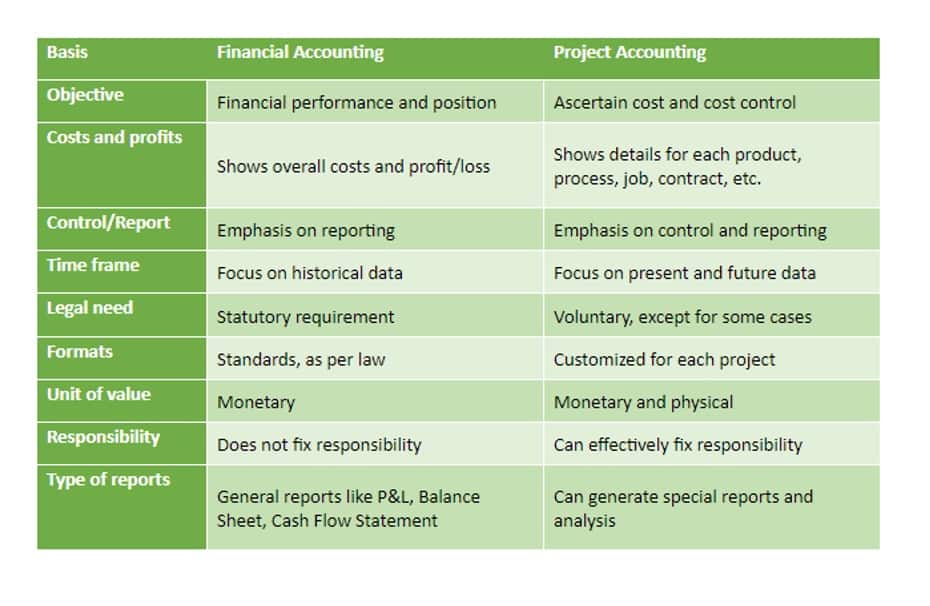
In the double-entry system, every account is T-shaped, these two sides represent the debit and the credit side. The debit is the left-hand side and credit becomes the right-hand side of the T-shaped account. The most important rule for a double-entry bookkeeping system is that the total amount on the left-hand side of an account should be equal to the amount on the right-hand side. In other words, the debt amount should be equal to the credit amount.
Credit Transactions
Journalizing in accounting is the system by which all business transactions are recorded for your financial records. A business transaction is first recorded in a journal, also called a Book of Original Entry. Your journal keeps a record of all your business transactions, tracking them in chronological order, as they happen. You’ll learn how to identify and use the basic accounting reporting structure and the books of record (the journal and the ledger) and how those things relate to each other. Once you are familiar with the tools, you will learn how to build the foundation of Accounting Security the financial statements from journal entries to trial balance.
Create financial statements

There’s no one-size-fits-all answer to efficient bookkeeping, but there are universal standards. The following three bookkeeping practices can help you stay on top of your business’s financial resources. Without a firm grasp of bookkeeping basics, it can be easy to confuse the terms bookkeeping and accounting and use them interchangeably. The importance of this topic cannot be overstated; it underpins trust in the financial system and compliance with regulatory requirements. Without accurate records, companies can face serious consequences including financial loss, legal penalties, and reputational damage. The responsibility to substantiate entries, deductions, and statements made on your tax returns is known as the burden of proof.
Journals and Ledgers in Recording
- To maintain the integrity of financial records, it is important to be aware of and avoid common recording mistakes.
- The company uses these financial records to assess its profitability, evaluate its financial position, and identify any business activity which requires further action.
- This will create a journal entry that will credit the accounts payable and debit the expenses.
- They play a crucial role in determining an organization’s assets, liabilities, and cash flow.
- Compete with yourself, try to hold a record of your previous marks and create a realistic goal for the next exam.
- Therefore, maintaining accurate, complete, and transparent financial reporting practices is essential for ensuring sound financial compliance and informed decision-making.
- Regular review and reconciliation help to catch and correct errors promptly, maintain accurate financial records, and provide assurance that the financial statements can be relied upon for decision-making.
The sales journal, for example, is used to record sales transactions, but the general journal is used to record a variety of transactions that do not fit into a specialist journal. A journal is a book where you record each business transaction shown on your supporting documents. You may have to keep separate journals for transactions that occur frequently. The single-entry method is the preferred method for sole proprietors, small startups, and companies with unfussy or minimal transaction activity. The single-entry bookkeeping system tracks cash sales and expenditures over a period of time.
- Bookkeeping can be done manually using spreadsheets, but, increasingly, bookkeeping software is used.
- Effective management of cash transactions enhances liquidity, enabling the organization to meet its short-term obligations and make strategic investments.
- Companies often extend credit terms for payment, such as 30 days, 60 days, or 90 days, depending on the product or service being sold or industry norms.
- The importance of this topic cannot be overstated; it underpins trust in the financial system and compliance with regulatory requirements.
- The trial balance facilitates financial planning and forecasting by providing accurate data about the company’s financial position, thus enabling informed decision-making.
Debits and Credits

The income statement would see a change to expenses, changing net income (loss). Net income (loss) is computed into retained earnings recording transactions in a journal on the statement of retained earnings. This change to retained earnings is shown on the balance sheet under shareholders’ equity. A business receives a supplier invoice for $2,000 of office supplies. The firm’s accounts payable clerk accesses the payables module in its accounting software and records the invoice through a standard template.
- These controls play a critical role in safeguarding assets and preventing unauthorized activities.
- The ledger keeps track of all the accounts in the company, such as assets, liabilities, and equity.
- There may be many types of the journal that the company has in its accounting, however, the simplest and most flexible type is general journal.
- For instance, cash transactions directly impact the organization’s cash flow and liquidity position.
- The income statement would see a change to expenses, changing net income (loss).
- For example, if a company purchases office supplies and pays for them with cash, a debit card, or a check, then that is a cash transaction.
It is essential for organizations to monitor and assess their credit transactions carefully to ensure they do not become over-leveraged and can meet their financial obligations on time. By doing so, they can effectively mitigate potential risks and maintain stability in their financial operations. The first step in financial reporting is recording business transactions. The business transactions are first recorded as journal entries. If you use accrual accounting, you’ll want to record purchase invoices as soon as they come in how is sales tax calculated and sales invoices as soon as they go out.

The ‘Word hints’ are phrases you may see in the description of a transaction that will give you a hint to use this account. Not all accounts have word hints because many accounts are self-explanatory. Furthermore, the system offers real-time visibility into the status of each transaction, enabling you to track the entire procurement process from requisitioning to invoicing. With this level of transparency, you can easily identify who made a purchase, when it was made, and from whom. If you use cash registers, daily sales can be totaled on the register. Most cash registers produced within the last decade should be able to separately record cash sales and charge sales, and keep track of sales tax.

However, with today accounting software such as QuickBooks, transactions can be recorded into the system with the software interface without the need to specify the debit or the credit. By following these six simple procedures, you may accurately record business transactions and keep a clear and organized record of your company’s financial health. Good record-keeping is critical to the success of any business, so make time on a regular basis to record and evaluate your transactions. These strategies play an essential role in mitigating financial risk and ensuring good financial governance. Internal controls, such as segregation of duties and approval processes, help in preventing errors and fraud. Accounting software automates transaction recording and reporting, enhancing efficiency and accuracy.
The loan, notes payable, is a liability but the extra amount paid is the interest. Salaries expense are payments to employees that are paid annual salaries. Notes payable are a written promise to pay a debt, usually with interest, on a specific date. Equipment includes the cost of office or factory equipment used in business operations. Prepaid insurance occurs when a business prepays for an insurance policy for 6 months.
